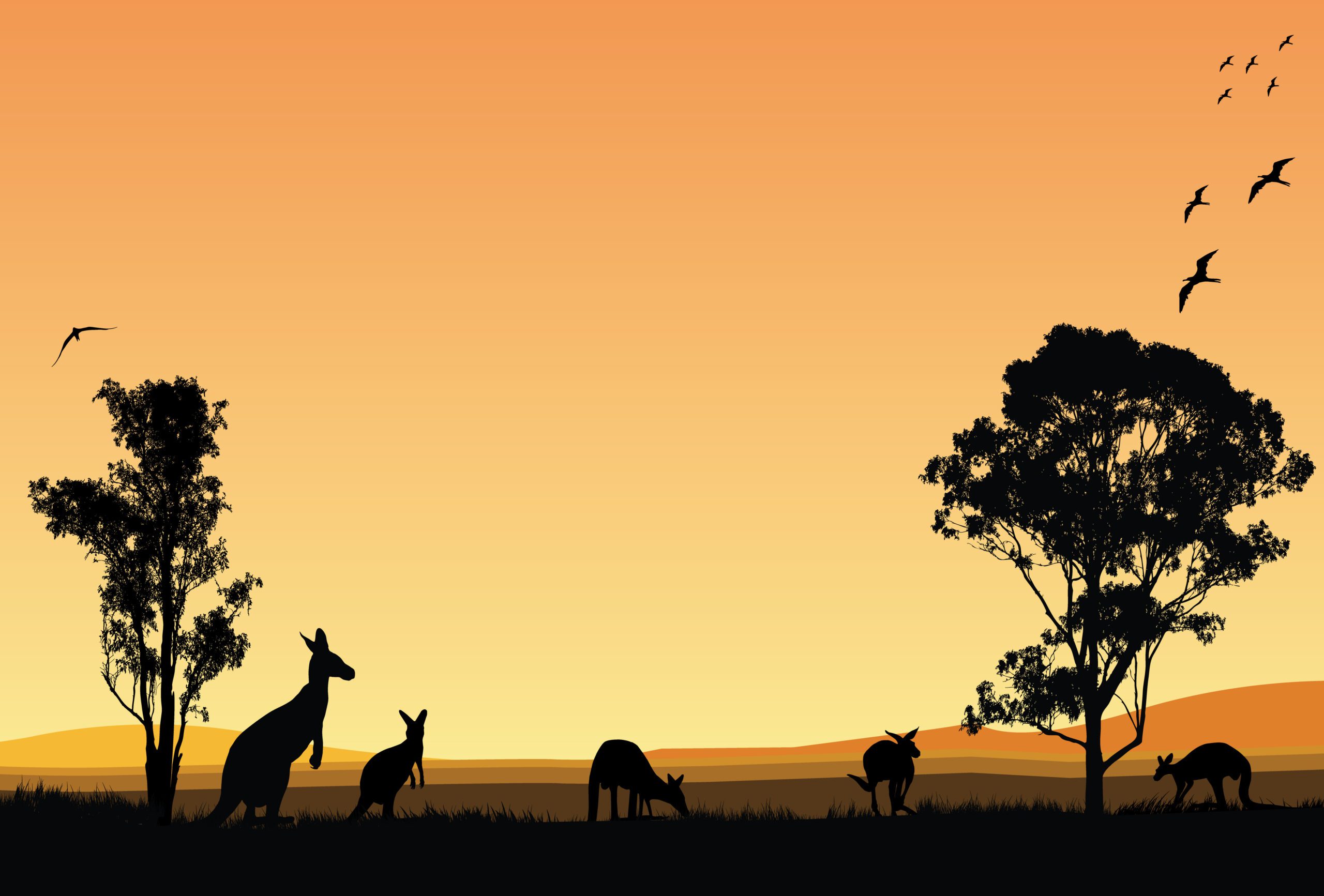
Unique Australian Wildlife
From the lush rainforests to the vast Outback, Australia is home to some of the world’s most remarkable creatures. In this installment of our Animals Across the Globe Series, we will talk about six iconic Australian animals and discover the wonders of these endemic species and the biodiversity in Australia.
Kangaroo: The Famous Australian Jumper
Kangaroos are undoubtedly one of the most recognizable animals in Australia. These fascinating marsupials have adapted beautifully to the Outback with their distinctive hop and agile movements. They are herbivores, which means their diet primarily consists of shrubs and grasses—yum! Perhaps their healthy and energetic nature is thanks to this nutritious diet.
Another remarkable feature of these iconic Australian animals is their mighty kick. Their strong, muscular hind legs produce one of the most powerful kicks in the animal kingdom. These kicks serve many purposes, including self-defense, solving territorial disputes, and establishing dominance within the kanga-community.
The strength of a kangaroo’s kick depends on the size and species, with larger species delivering more power. For instance, the full-grown male red kangaroo can generate a force of up to 2,000 pounds per square inch. To put that in perspective, it’s essentially equivalent to a kick from a professional heavyweight boxer. It’s no wonder these incredible creatures have captured the imagination of people across the globe.
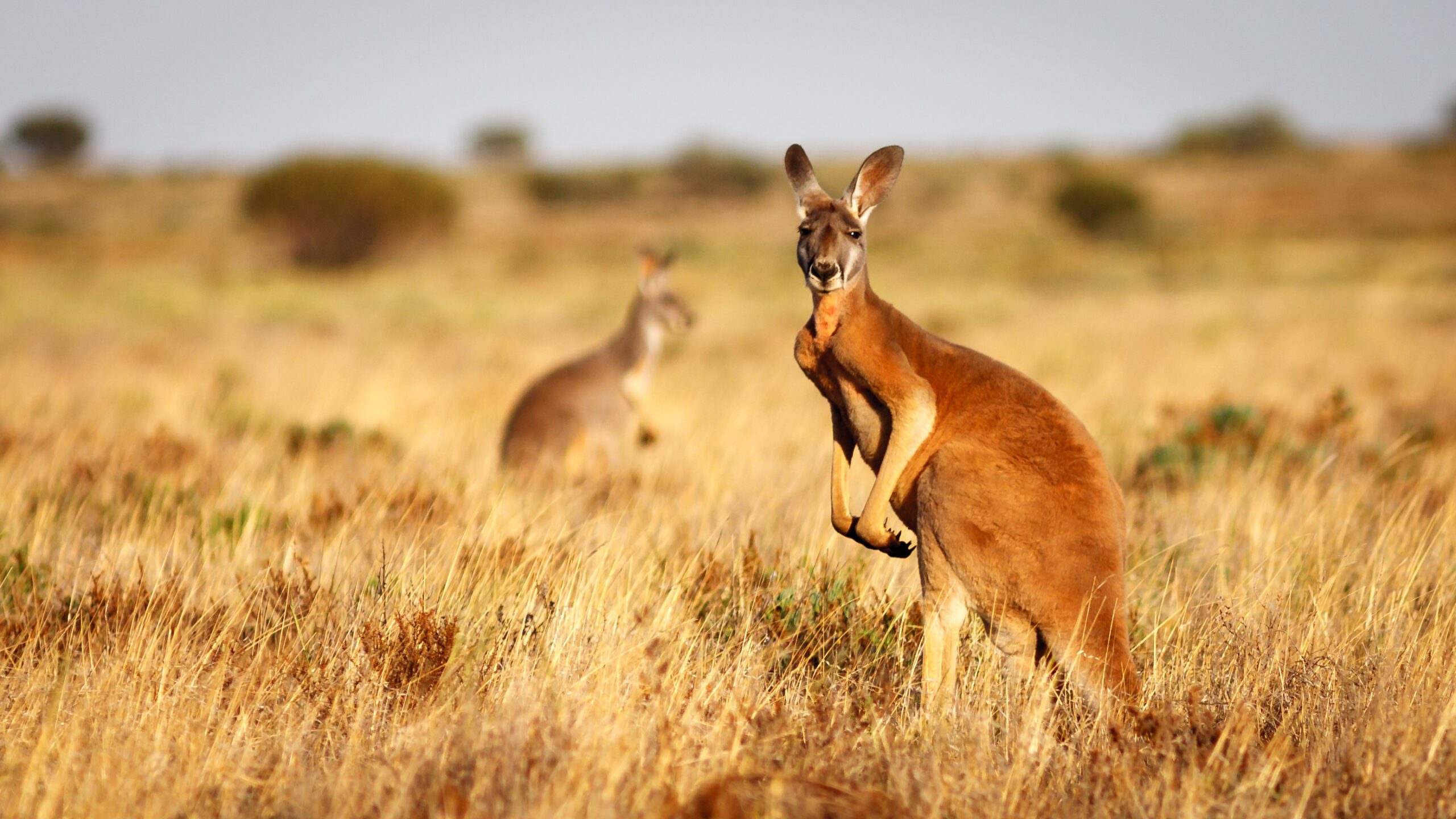
Koala: The Fuzzy Eucalyptus Lover
The koala, often associated with cuteness and charm, is another beloved endemic species in Australia. These arboreal marsupials are famous for their love of eucalyptus leaves, which comprise most of their diet, providing hydration and nourishment. They also spend a significant amount of time sleeping – usually up to 20 hours a day – and this sedentary lifestyle is due to the low energy content of eucalyptus leaves.
One interesting fact about Koala “bears” is that they’re not bears! They’re actually marsupials, belonging to the same family as kangaroos, and are known for their unique lifestyle and adorable fluffy ears and button noses.
Despite their seemingly laid-back lifestyles, koalas are skilled climbers thanks to their sharp claws and strong limbs, allowing them to grip tree branches. This enables them to move safely through the treetops, where they enjoy spending most of their time.
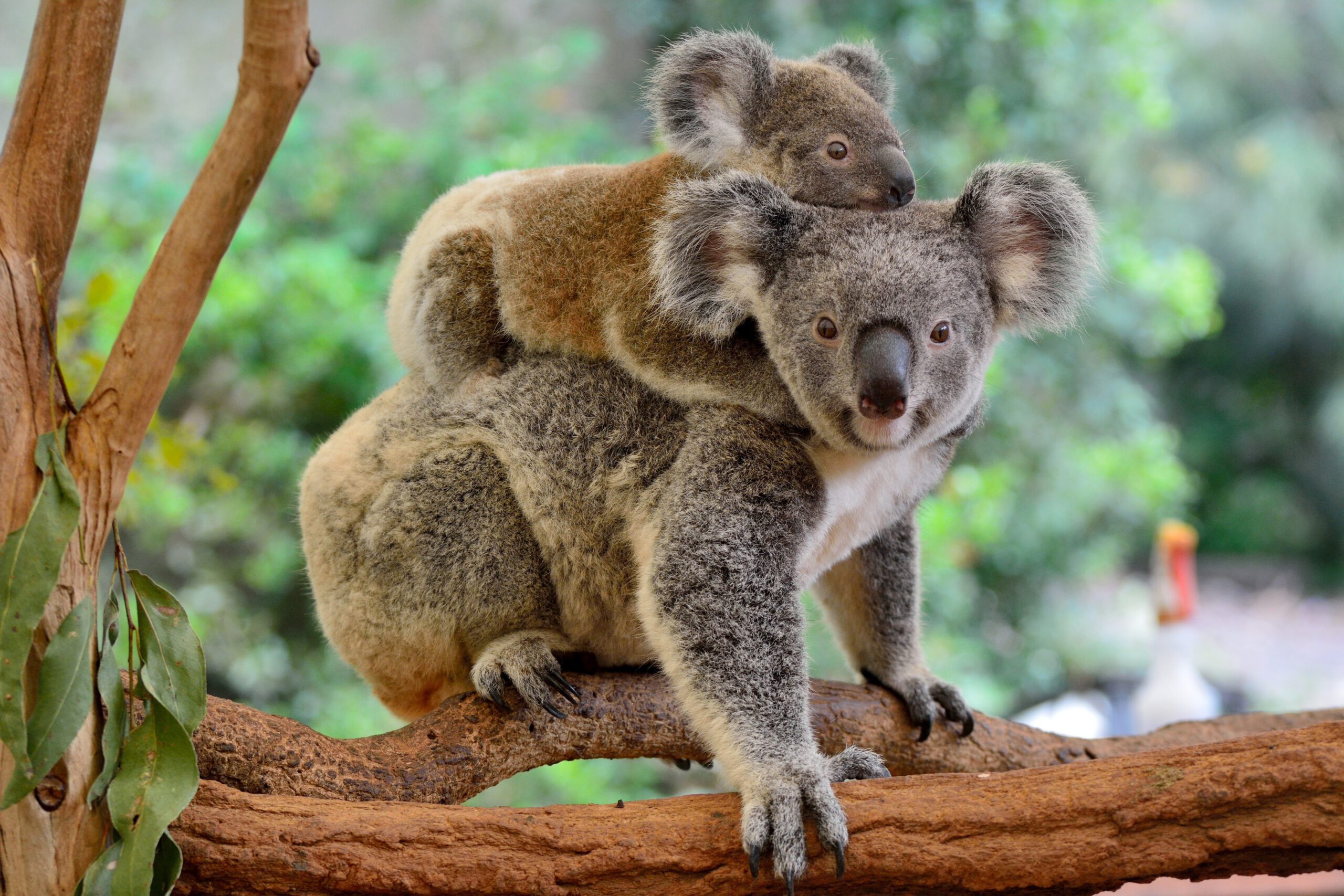
Tasmanian Devil: The Feisty Survivor
You may be familiar with this creature thanks to its depiction in the beloved Warner Bros cartoon series. Like the character, this iconic Australian animal has a fierce and tenacious nature.
The Tasmanian devil is a carnivorous marsupial native to the island state of Tasmania and a truly remarkable member of the unique Australian wildlife. They are formidable hunters, known for their powerful jaws and way of communicating with each other. They rely on various vocalizations to convey their messages, such as growls, hisses, snarls, and spine-chilling screeches. Additionally, they show emotion through their facial expressions and body language. When agitated or threatened, they may display a wide open, teeth-baring mouth or use body postures like arching their back or puffing up their fur.
Sadly, these intriguing creatures face great challenges, including a contagious disease that has impacted their population. However, conservation efforts are underway to protect this incredible species and preserve its place in Australia’s biodiversity.
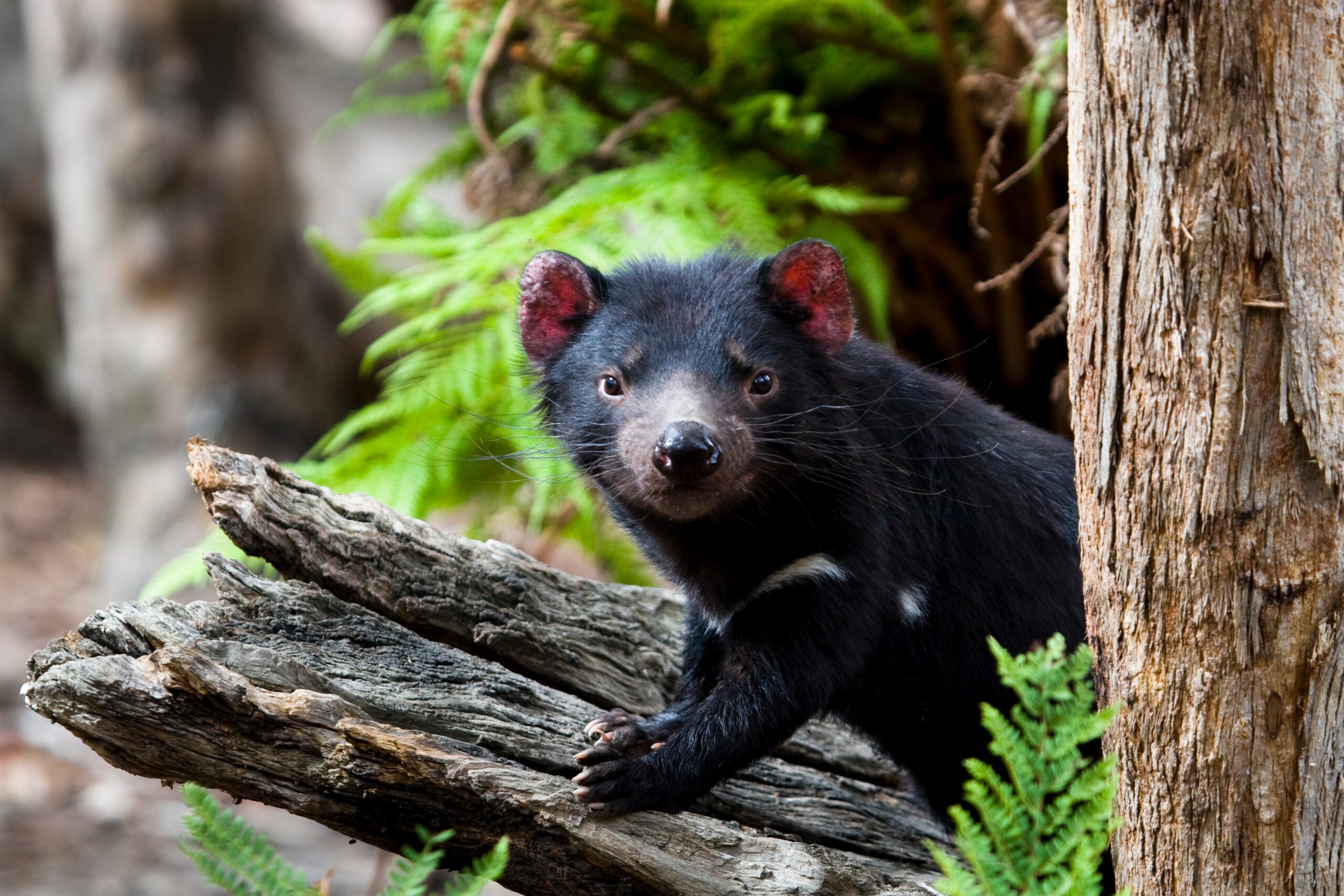
Platypus: The Enigmatic Egg-Laying Mammal
The platypus is one of the most unusual animals in Australia and a true marvel of nature. Their unique combination of characteristics sets them apart from so many others.
One of their most incredible features is their ability to lay eggs, as they’re among only a few mammals able to do so. These adorable baby platypuses are known as puggles! But that’s not all that makes them so fascinating.
Males possess venomous spurs on their hind legs, and although not fatal to humans, the venom causes severe pain and swelling. Additionally, the platypus is well-adapted to their semi-aquatic lifestyle. With their webbed feet and exceptional sensory abilities, they can spend most of their time in the water, hunting for prey. Their duck-like bills possess electroreceptors, which allow them to detect electrical signals produced by prey. They also have the ability to close their eyes, ears, and nostrils when fully submerged, relying solely on their bill to navigate and locate prey.
With its unique combination of features, this semi-aquatic creature baffled early naturalists. In fact, the platypus is often referred to as a “mammalian anomaly” due to its combination of avian, reptilian, and mammalian traits. Despite their strange appearance, platypuses are truly a symbol of the extraordinary biodiversity in Australia.
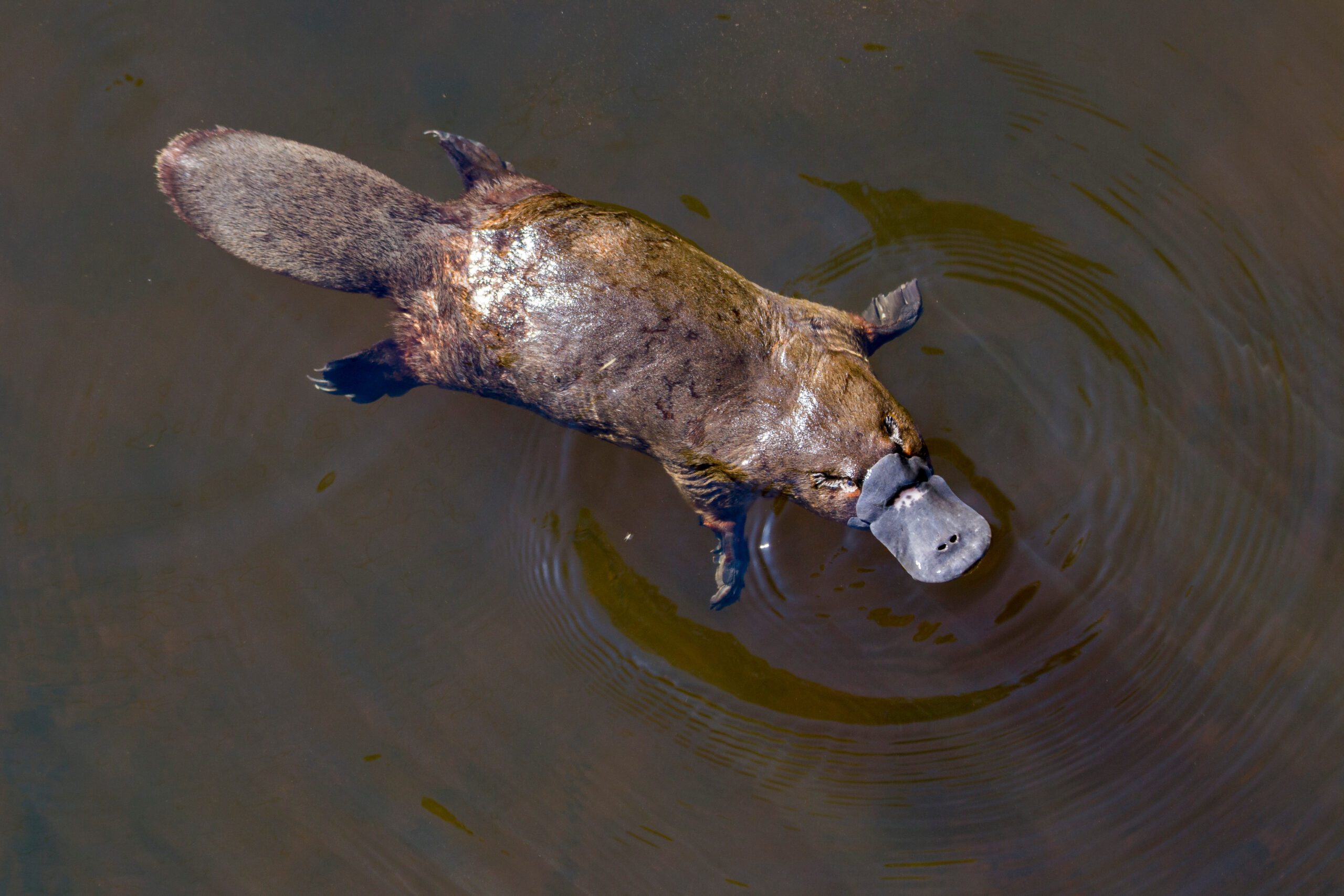
Sugar Glider: The Acrobatic Marsupial
The sugar glider is a captivating, endemic species in Australia known for its majestic glide. This adorable marsupial can be found flying through the treetops of the Outback. They have large round eyes, furry bodies, and membrane-like skin that stretches from their ankles to their wrists, allowing them to glide effortlessly through the air.
Sugar gliders can travel impressive distances, typically ranging from 50 to 150 feet in one glide, with the farthest distance recorded being 164 feet! Their gliding skills allow them to gracefully maneuver through the canopy and provide access to food sources and the ability to swiftly escape from predators. They have an omnivorous diet, meaning they eat a combination of pollen, sap, nectar, insects, and even small vertebrates. It’s no surprise with that name that they prefer sweet foods, but who doesn’t?!
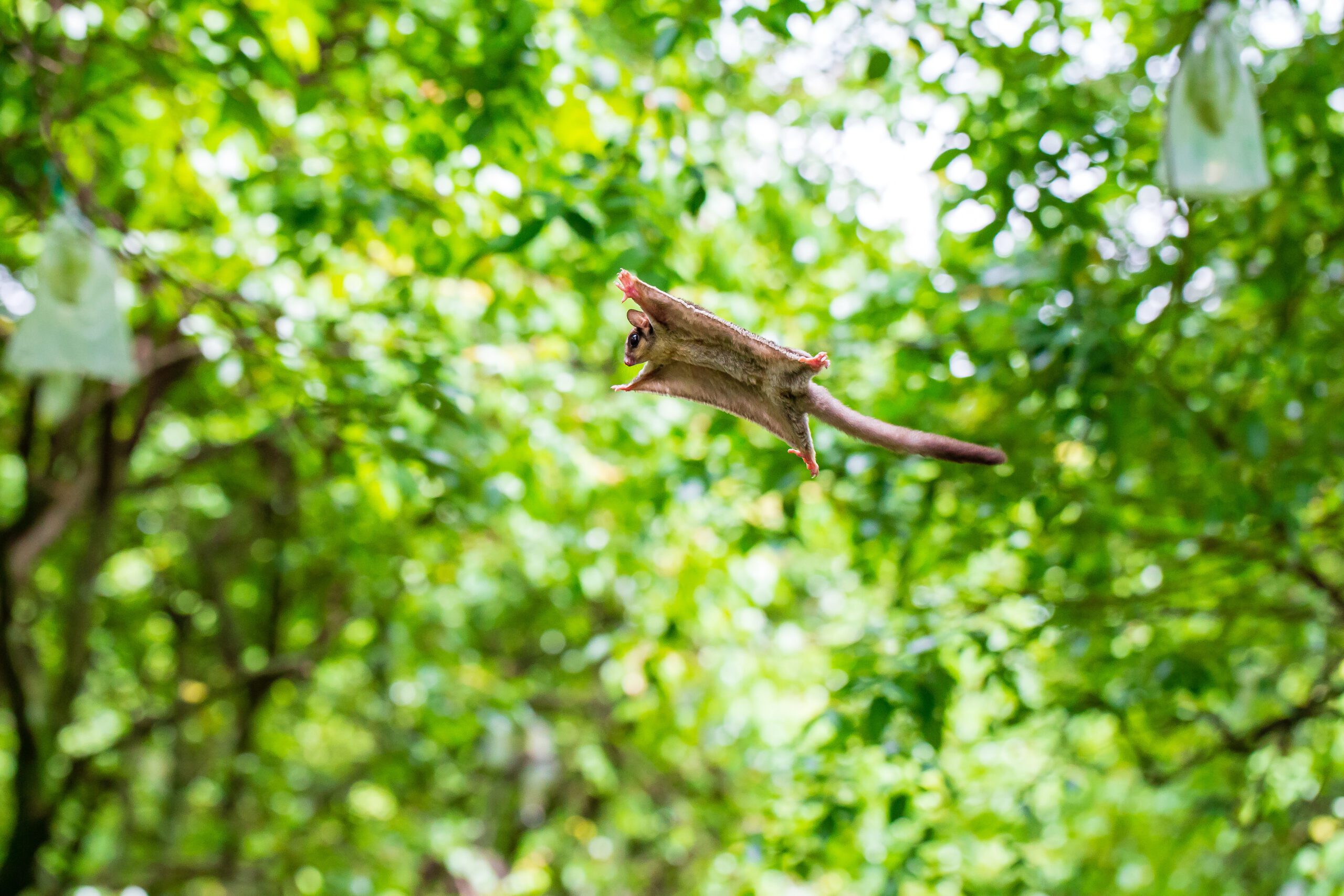
Quokka: The Smiling Islander
Last but certainly not least on our list of unique Australian wildlife, we have the adorable and highly photogenic quokka. Known as the happiest animal in the world, these small marsupials are native to Rottnest Island and a few other locations in Western Australia and are known as a protected species.
Quokkas are herbivores, primarily munching on leaves, grass, and stems, and they have a unique ability to survive on very little water due to the moisture content of this diet. Like koalas, they’re agile climbers despite their small size, and their sharp claws and strong hind legs allow them to navigate trees with ease.
Quokkas are social animals and communicate through scent markings and vocalizations. They have become famous for their seemingly smiling faces, capturing the hearts of tourists and photographers alike. With their friendly nature and curious behavior, encountering a quokka in its natural habitat is an enjoyable experience.
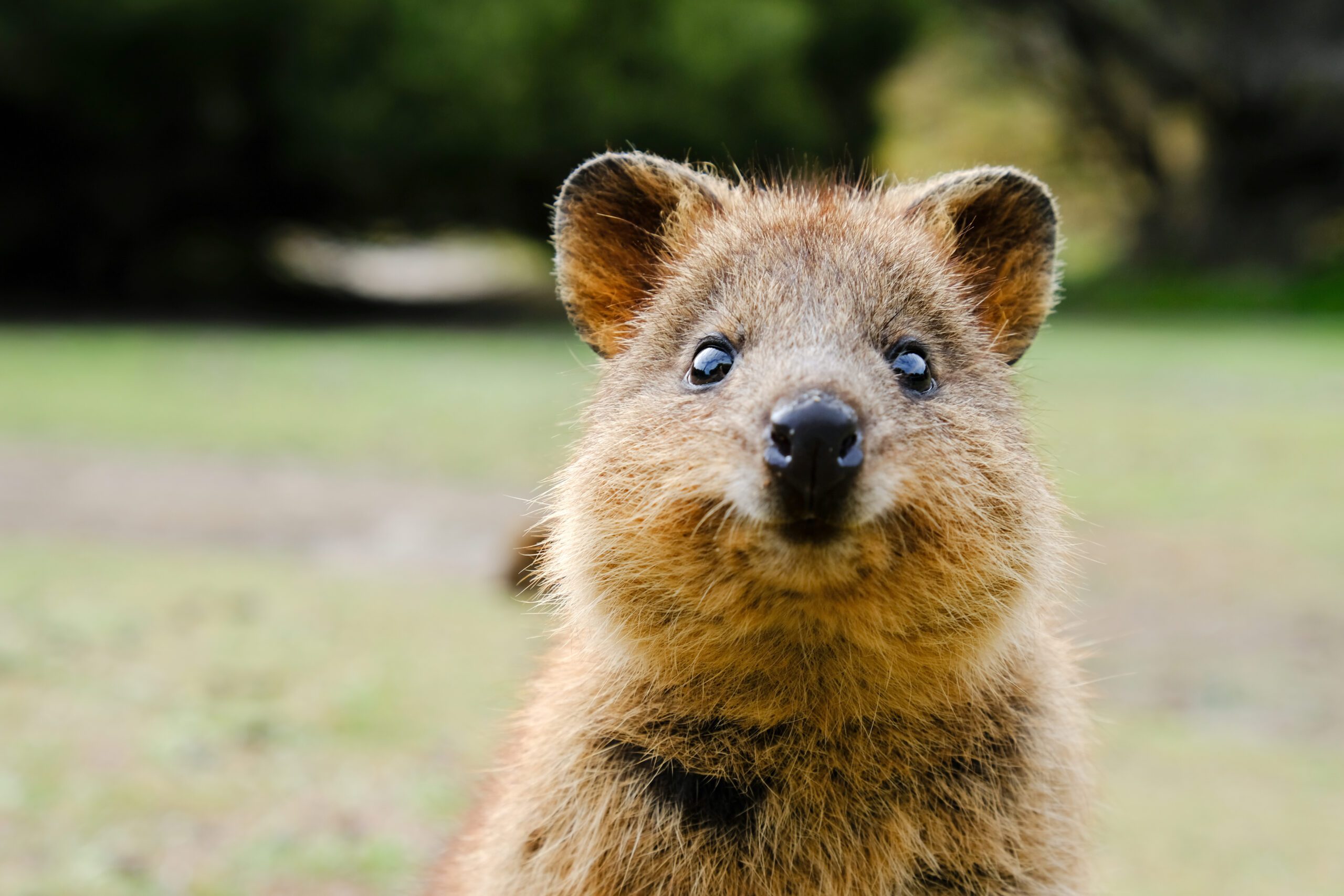
These are just a few members of the vast, unique Australian wildlife. From iconic Australian animals like the kangaroo and cuddly koala to the mysterious platypus, feisty Tasmanian devil, agile sugar glider, and adorable quokka, these creatures embody the incredible biodiversity in Australia. As an ecosystem with a wide variety of endemic species, Australia continues to amaze wildlife enthusiasts worldwide.

